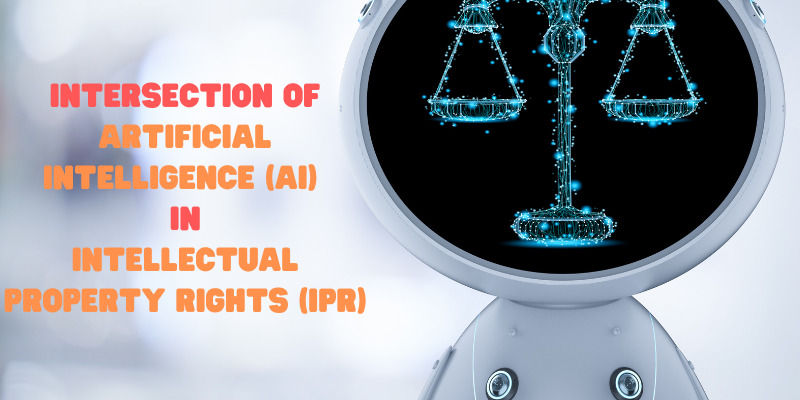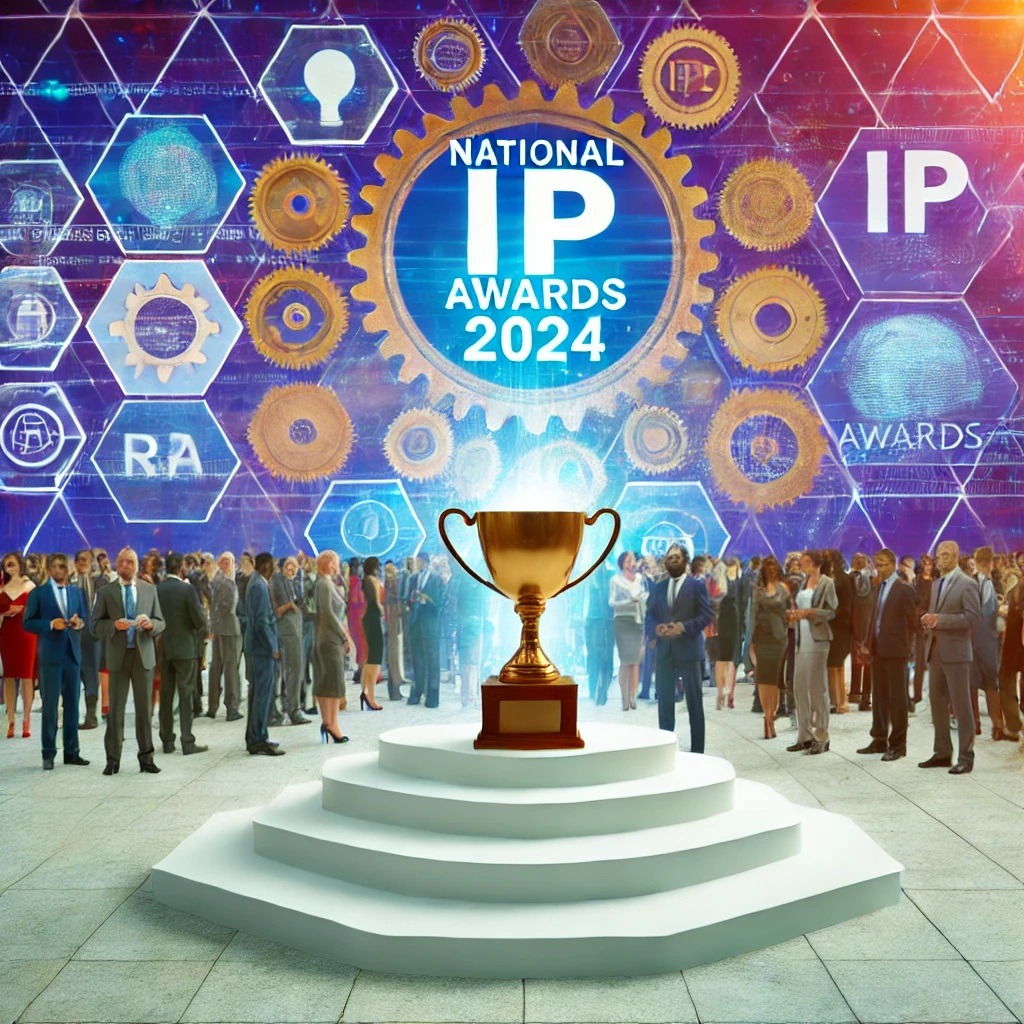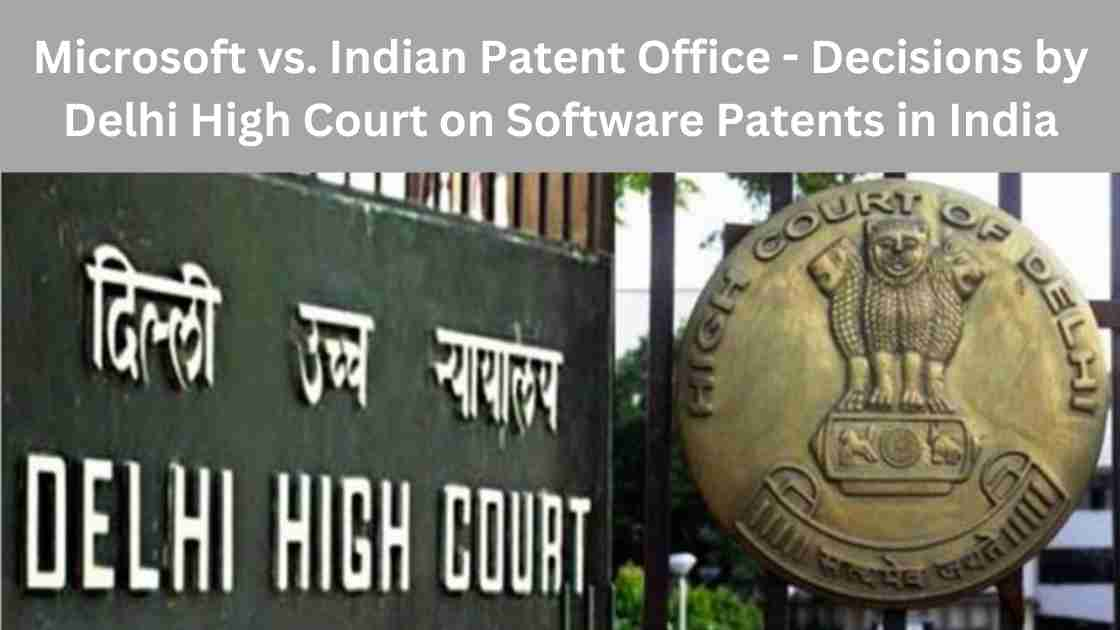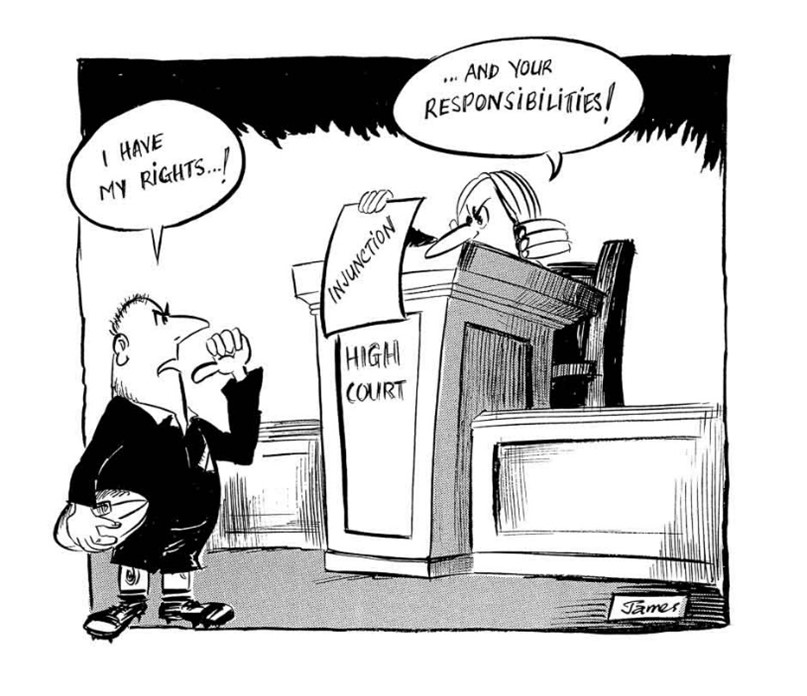Category: Intellectual Property Law

Exploring the Intersection: NFTs, Blockchain, and the Evolving Landscape of Copyright
BLOCKCHAIN TECHNOLOGY In order to understand the concept of NFTs, it is important to delve into the concept of blockchain technology. Blockchain technology has been in the forefront of the technology domain for last few years. Basically, the blockchain is a method of recording information, that is difficult to be changed, hacked or manipulated by the system. Blockchain technology is a structure that stores data in blocks that is linked together in the form of a chain. It is basically referred to as a “digital ledger” that duplicates and distributes transactions across the network of computers participating in the blockchain. The blockchain technology ensures chronological consistency by requiring consensus from the network before any modifications or deletions can be made to the chain. This feature makes it possible to create an immutable ledger that can track transactions such as orders, payments, and accounts. The system has integrated safeguards that prevent…

Patent Publications vs Scientific Journal Publications: Understanding the Key Differences
Patent publications and scientific journal publications are two types of documents used to disseminate information about new inventions and scientific discoveries. While both publications serve a similar purpose of sharing knowledge, there are several differences between them in terms of their audience, format, and legal status. In this article, we will explore the differences between patent publications and scientific journal publications. Patent Publications A patent is a legal document that grants an inventor the exclusive right to manufacture, use, or sell an invention for a limited period. Patent publications are documents that describe an invention and its related claims. They are filed with the relevant patent office and published in a publicly accessible database. The purpose of patent publications is to provide a detailed description of an invention and its intended use, enabling the public to understand how the invention works and how it differs from existing technology. Audience The…

What is the distinctiveness of a trademark?
A trademark is a symbol, word, or phrase that identifies and distinguishes a company’s products or services from those of other businesses. One of the most important aspects of coining a strong trademark is its distinctiveness. A distinctive trademark can help a business stand out in a crowded marketplace and create a strong brand identity. In this article, we will discuss the importance of distinctiveness in a trademark and how to achieve it. Distinctiveness refers to the ability of a trademark to stand out and be easily recognizable. A distinctive trademark is one that is unique and easily distinguishable from other trademarks in the same industry. It is important to ensure that a trademark is distinctive to prevent confusion among customers and to establish a strong brand identity. There are four levels of distinctiveness for trademarks: Arbitrary or Fanciful Trademarks: Arbitrary or fanciful trademarks are the most distinctive and unique.…

The Future of Intellectual Property Law in India: Trends and Predictions
An Overview of Key Developments and Changes in India's IP Landscape As India's economy continues to grow and evolve, so too does its intellectual property (IP) landscape. From new laws and regulations to shifting market trends and emerging technologies, the future of IP law in India is constantly evolving. Here, we take a closer look at some of the key trends and predictions shaping the future of IP law in India. The Rise of Digital IP One of the biggest trends in IP law is the rise of digital IP. With the growing use of digital technologies, including the internet, social media, and e-commerce, businesses are increasingly relying on IP to protect their online assets. In India, this has led to a surge in digital IP-related legal cases, including trademark and copyright infringement, domain name disputes, and cybersecurity breaches. Increased Focus on Patent Protection Another trend in IP law is…

Intersection of Artificial Intelligence and Intellectual Property Laws
In recent years, the rapid advancements in artificial intelligence (AI) have significantly impacted various aspects of human life and revolutionized numerous industries. As AI continues to develop and integrate into our daily lives, the intersection of AI and intellectual property (IP) laws has become an increasingly important topic. This blog post aims to explore this intersection, discuss the challenges it presents, and suggest potential solutions for striking a balance between innovation and protection. The Growing Impact of Artificial Intelligence AI encompasses a wide range of technologies, from machine learning algorithms to natural language processing and computer vision. These technologies enable machines to learn from data, make decisions, and perform tasks that traditionally required human intelligence. AI has been successfully applied in various sectors, including healthcare, finance, manufacturing, and transportation, where it has led to significant improvements in efficiency, cost reduction, and the development of innovative products and services. This rapid…

Celebrating Innovation: National Intellectual Property Awards 2024
Innovation and creativity are the lifeblood of progress, and intellectual…

Missed Your Chance to File a Patent and Your Product is Already in the Market? Explore the Power of Trade Secrets
Launching a product in the market is a moment of…

Microsoft vs. Indian Patent Office – Decisions by Delhi High Court on Software Patents in India
The part of this series focuses on the…

Case in Point: Sun Pharma Ltd vs. DWD Pharma Ltd
Case in Point is a new series where…
Categories
Recent Discussions
Recent FAQs Published by the Indian Patent Office on Form 27
The Indian Patent Office recently released a comprehensive FAQ document regarding Form 27, aimed at clarifying the requirements and procedures for patentees and…
Recent Discussions
A Comprehensive Guide to Patent Searches: Types, Examples, and When to Use Them
Patent searches are a crucial aspect of the patenting process. Whether you're an inventor, entrepreneur, or a legal professional, understanding the different types…
